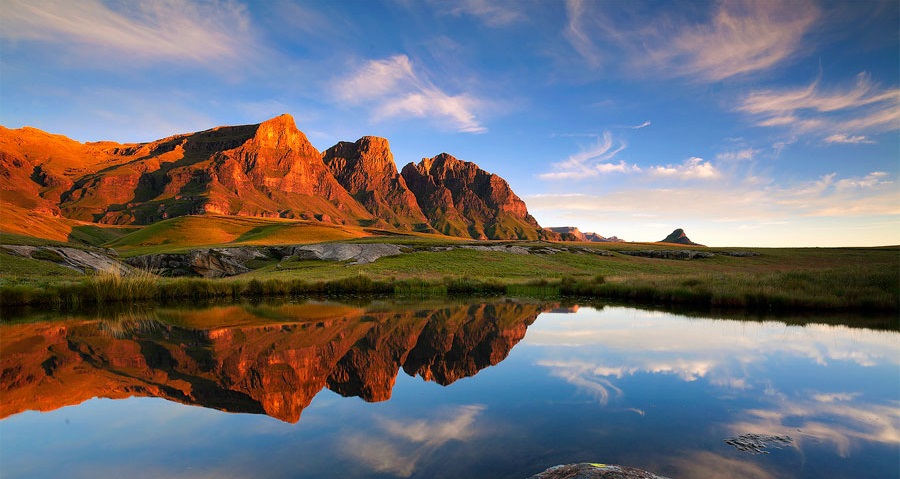Uncategorised
.
08 May 2024
.
Trinidad and Tobago

The Republic of Trinidad and Tobago is a dual island country in the Caribbean, North America. Trinidad and Tobago is one of the Caribbean's wealthiest and most developed countries. It is known for a number of things prominent of which is its colourful festival, the Trinidad Carnival, the Caribbean's largest and most anticipated cultural festival. The people of Tobago are called Tobagonians whilst those from Trinidad are called Trinidadians or Trinis. To refer generally to people from the country though, we use the term "Trinbagonians". The country's capital is Port of Spain.
The country has a tropical climate with high relative humidity. The major dry season runs from January through to May. The lesser dry season is in September and October. The warmest months are April, May, and October and the coolest months are January and February. Although the islands are outside the main hurricane zone, Tobago especially experiences occasional hurricanes. Since the country is warm and sunny but not unbearably hot, lightweight natural fabrics work best. The nights do tend to be cooler so one should pack sweaters or wraps as well. It is illegal to wear camouflage in Tobago and it will be confiscated if found in your bag or on your person. Also, when going to a place of business, one must dress appropriately (no bikinis in the bank).
Today, there are two dominative ethnic groups in the islands. These are blacks descended from slaves brought to farm the cotton and sugar plantations in the 18th century and Indo-Trinidadians or East Indians. People of mixed ethnicity constitute a third ethnic group. There is also a relatively small population of migrants from Africa, Spain, Asia, and the Middle East. The islands are particularly known for their calypso music and limbo dance. It is the country the Steelpan (musical instrument) originated from.
The country's official language is English but its national language is Trinidad English, a creole language. It is a largely Christian nation being about 33% Protestant and 22% Catholic. There is a sizeable Hindu population, a sizeable population of people that subscribe other, perhaps traditional religions, and a small Muslim population.
The country features quite a lot of different ethnic groups and so its cuisine has Amerindian, African-West African, Arab, Chinese, Creole, European, Indian-South Asian, and some more influences. Staple foods in Trinidad and Tobago are plantains, callaloo, cornmeal, cassava, rice, sweet potatoes, chicken, breadfruit oil down, macaroni pie, and many more.
Trinidad and Tobago is rife with cultural and natural tourist locations. Some of them are:
- Caroni Bird Sanctuary, Trinidad: This is a haven for nature lovers, particularly bird lovers. This is also the nesting place of the scarlet ibis, the flame-colored national bird of Trinidad and Tobago. There are several other species of wildlife such as herons, egrets, tree boas, anteaters, caimans, etc.
- The Main Ridge Forest Reserve, Tobago: This is the oldest legally protected forest and nature reserve in the Western Hemisphere. It is rich in biodiversity, housing more than half of the island's bird species. Visitors may hike through the lush forest spotting frogs, lizards, snakes, and plenty of birds.
- Maracas Bay, Trinidad: Maracas Bay is one of the country's most famous beaches. It is palm-fringed with golden sands and beautiful, pristine waters.
- Pigeon Point, Tobago: Here the sands are white and the seas are a crystal-clear turquoise. This is known to be the most beautiful beach in Tobago. Here visitors may lounge on the beach, take a swim, snorkel, and dive.
There are several interesting facts about the country. For one, the world's hottest pepper is the Trinidad Moruga "Scorpion" pepper. Also, the oldest rain forest reserve in the Western Hemisphere is in Tobago. The largest brain coral in the world is also located in Trinidad.
There are multiple hotels in the Trinidad and Tobago ranging from average to luxury so visitors will be spoilt for choice.

